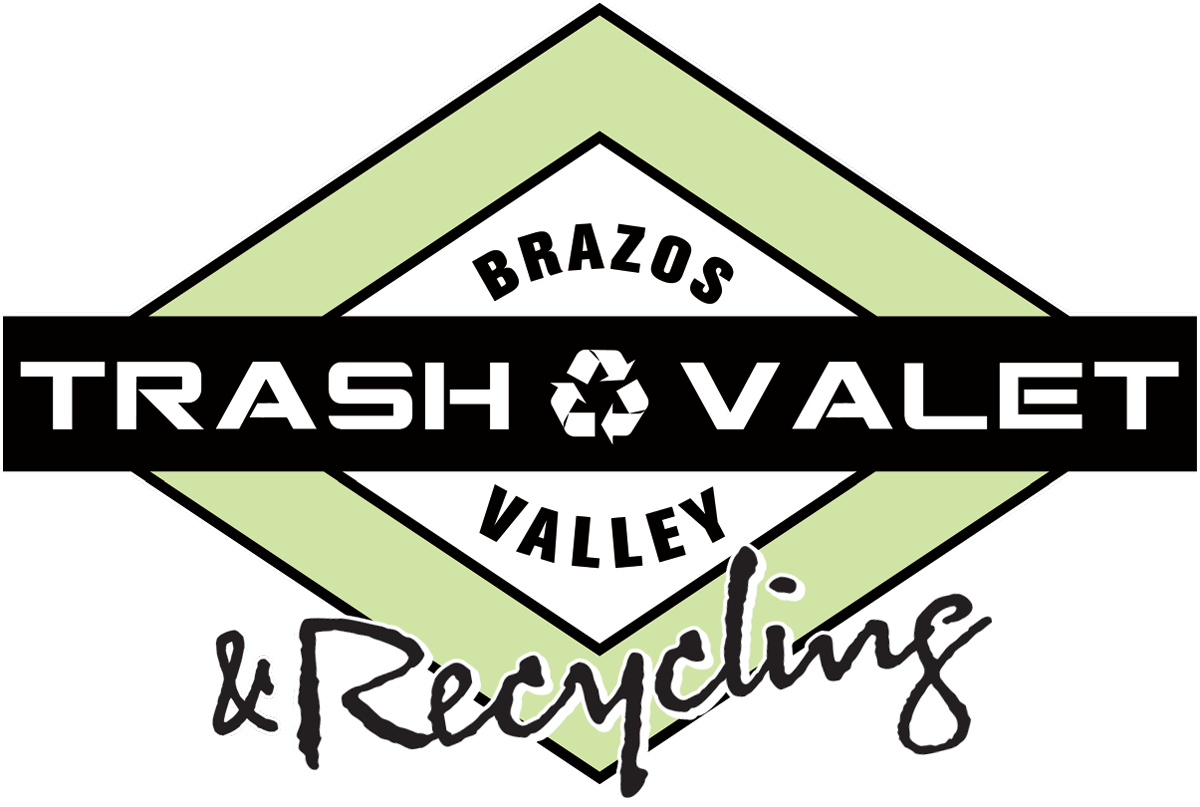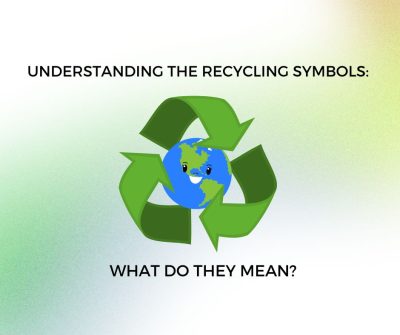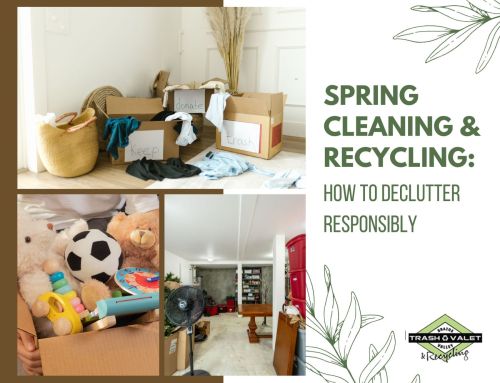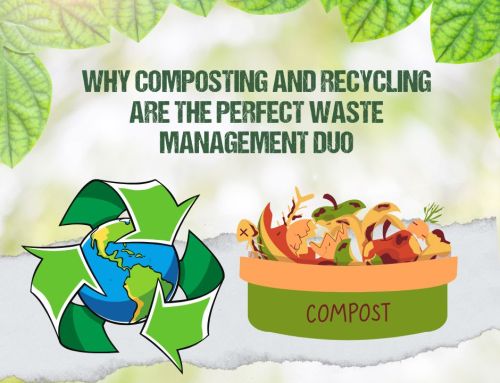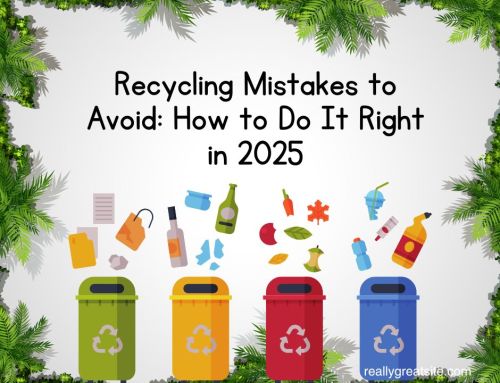Understanding the Recycling Symbols: What Do They Mean?
Recycling symbols are a vital part of modern waste management, helping to guide consumers in the proper disposal of various materials. However, the array of symbols can be confusing. Understanding what each recycling symbol means can make a significant difference in promoting effective recycling practices and reducing contamination. This article will explore the different recycling symbols and explain what each one signifies.
The Mobius Loop
The most recognized recycling symbol is the Mobius Loop. This iconic symbol features three arrows chasing each other in a triangular formation. When you see this symbol, it means that the product is recyclable. However, it doesn’t necessarily mean the product is made from recycled materials. Sometimes, the Mobius Loop will contain a percentage in the center, indicating how much of the product is made from recycled content.
The Resin Identification Code
Plastic products often display the Resin Identification Code, which consists of a number (1-7) inside the Mobius Loop. Each number represents a specific type of plastic resin:
- PET (Polyethylene Terephthalate): Commonly used in water bottles and soft drink containers. PET is widely recycled and used to make new bottles and polyester fibers.
- HDPE (High-Density Polyethylene): Found in milk jugs, detergent bottles, and some plastic bags. HDPE is also widely recycled.
- PVC (Polyvinyl Chloride): Used in pipes, vinyl flooring, and some packaging. PVC is less commonly recycled due to its chlorine content.
- LDPE (Low-Density Polyethylene): Seen in grocery bags, bread bags, and some food wraps. LDPE recycling is growing but not as prevalent as PET or HDPE.
- PP (Polypropylene): Used in yogurt containers, straws, and bottle caps. PP recycling is becoming more common.
- PS (Polystyrene): Found in disposable coffee cups, plastic food boxes, and cutlery. PS recycling is limited.
- Other (Various Plastics): Includes acrylic, nylon, and polycarbonate, which are less frequently recycled.
Understanding these codes can help you sort plastics correctly and improve recycling efficiency.
The Green Dot
The Green Dot symbol features two interlocking arrows forming a circle. This symbol indicates that the producer has made a financial contribution towards the recycling of packaging in Europe. It doesn’t necessarily mean that the packaging is recyclable but rather that the company supports recycling efforts.
The Glass Recycling Symbol
Glass containers often have a Glass Recycling Symbol, which depicts a glass bottle and jar. This symbol indicates that the glass container is recyclable and should be placed in the appropriate recycling bin.
Paper Recycling Symbols
Several symbols are used to denote paper recycling:
- Recyclable Paper: A symbol with a recycling icon and the word “paper” indicates the item is recyclable.
- Recycled Paper Content: A percentage within a recycling symbol shows the amount of recycled paper used in the product.
- Mobius Loop with a Tree: This signifies that the product is both recyclable and made from recycled paper.
The Aluminum Recycling Symbol
The Aluminum Recycling Symbol usually features the Mobius Loop with the letters “ALU.” This symbol is found on aluminum cans and packaging, indicating that the item is recyclable and can be turned into new aluminum products.
Tidyman Symbol
The Tidyman Symbol depicts a figure disposing of litter in a bin. While not a recycling symbol per se, it encourages proper disposal of waste, reminding consumers to avoid littering and use recycling bins when available.
Conclusion
Understanding recycling symbols is crucial for effective waste management and environmental sustainability. By familiarizing yourself with these symbols, you can help reduce contamination, support recycling programs, and ensure that recyclable materials are correctly processed. Always check for these symbols on products and packaging, and when in doubt, refer to local recycling guidelines to make informed decisions.
For more information on recycling and sustainable waste management, visit BV Trash Valet & Recycling’s website. Together, we can make a significant impact on our environment! ♻️? #RecyclingSymbols #GoGreen #BVTrashValetRecycling #Sustainability #EcoFriendly
Share This Story, Choose Your Platform!
Understanding the Recycling Symbols: What Do They Mean?
Recycling symbols are a vital part of modern waste management, helping to guide consumers in the proper disposal of various materials. However, the array of symbols can be confusing. Understanding what each recycling symbol means can make a significant difference in promoting effective recycling practices and reducing contamination. This article will explore the different recycling symbols and explain what each one signifies.
The Mobius Loop
The most recognized recycling symbol is the Mobius Loop. This iconic symbol features three arrows chasing each other in a triangular formation. When you see this symbol, it means that the product is recyclable. However, it doesn’t necessarily mean the product is made from recycled materials. Sometimes, the Mobius Loop will contain a percentage in the center, indicating how much of the product is made from recycled content.
The Resin Identification Code
Plastic products often display the Resin Identification Code, which consists of a number (1-7) inside the Mobius Loop. Each number represents a specific type of plastic resin:
- PET (Polyethylene Terephthalate): Commonly used in water bottles and soft drink containers. PET is widely recycled and used to make new bottles and polyester fibers.
- HDPE (High-Density Polyethylene): Found in milk jugs, detergent bottles, and some plastic bags. HDPE is also widely recycled.
- PVC (Polyvinyl Chloride): Used in pipes, vinyl flooring, and some packaging. PVC is less commonly recycled due to its chlorine content.
- LDPE (Low-Density Polyethylene): Seen in grocery bags, bread bags, and some food wraps. LDPE recycling is growing but not as prevalent as PET or HDPE.
- PP (Polypropylene): Used in yogurt containers, straws, and bottle caps. PP recycling is becoming more common.
- PS (Polystyrene): Found in disposable coffee cups, plastic food boxes, and cutlery. PS recycling is limited.
- Other (Various Plastics): Includes acrylic, nylon, and polycarbonate, which are less frequently recycled.
Understanding these codes can help you sort plastics correctly and improve recycling efficiency.
The Green Dot
The Green Dot symbol features two interlocking arrows forming a circle. This symbol indicates that the producer has made a financial contribution towards the recycling of packaging in Europe. It doesn’t necessarily mean that the packaging is recyclable but rather that the company supports recycling efforts.
The Glass Recycling Symbol
Glass containers often have a Glass Recycling Symbol, which depicts a glass bottle and jar. This symbol indicates that the glass container is recyclable and should be placed in the appropriate recycling bin.
Paper Recycling Symbols
Several symbols are used to denote paper recycling:
- Recyclable Paper: A symbol with a recycling icon and the word “paper” indicates the item is recyclable.
- Recycled Paper Content: A percentage within a recycling symbol shows the amount of recycled paper used in the product.
- Mobius Loop with a Tree: This signifies that the product is both recyclable and made from recycled paper.
The Aluminum Recycling Symbol
The Aluminum Recycling Symbol usually features the Mobius Loop with the letters “ALU.” This symbol is found on aluminum cans and packaging, indicating that the item is recyclable and can be turned into new aluminum products.
Tidyman Symbol
The Tidyman Symbol depicts a figure disposing of litter in a bin. While not a recycling symbol per se, it encourages proper disposal of waste, reminding consumers to avoid littering and use recycling bins when available.
Conclusion
Understanding recycling symbols is crucial for effective waste management and environmental sustainability. By familiarizing yourself with these symbols, you can help reduce contamination, support recycling programs, and ensure that recyclable materials are correctly processed. Always check for these symbols on products and packaging, and when in doubt, refer to local recycling guidelines to make informed decisions.
For more information on recycling and sustainable waste management, visit BV Trash Valet & Recycling’s website. Together, we can make a significant impact on our environment! ♻️? #RecyclingSymbols #GoGreen #BVTrashValetRecycling #Sustainability #EcoFriendly
